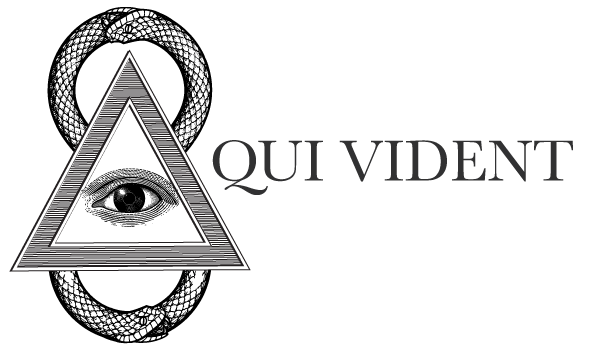Part I: Thelemic Philosophy
Prologue: Foundations
Chapter 1: Epistemology
Chapter 2: Metaphysics
Chapter 3: Ethics
Chapter 4: Politics
Metaphysics
It is in the finite alone that the infinite can express itself[1]
Metaphysics is the theoretical or first principles of a particular discipline. It is the branch of philosophy that examines the nature of reality and the ontological classification of being-itself and existence.
Thelemic Metaphysics
Thelemic metaphysics is primarily based on the verse of “Every man and every woman is a star.“ [AL 1.3] and including the ontological foundation of Nuit as the ground of being or being-itself and Hadit as the ground of becoming or Motion.
Metaphysics is, at its most fundamental, an examination of being qua being; that is, being as such. Without the principle understanding of being, there is no need for epistemology or ethics or politics. While the holon theory as presented by Koestler [in his book, The Ghost in the Machine,] never actually comes out with a definition of being, integral mechanics via Wilber,[2] utilizing by far the most advanced schema of the holon theory, describes being as “that which is manifest.“ So far it sounds like Crowley’s definition, per Liber ABA, of Ra-Hoor-Khuit, that interplay between Nuit (the infinite expansion) and Hadit (the infinite contraction) that constitutes reality as we generally understand it without having to dig into various quantum theories this early in the game. What the holon theory does, however, is to remove the conceptual frameworks of subjective differences between two observers.
Rather than place any kind of concrete thing down on the table to define reality, [Koestler's] holon theory provides the bridge between atomism (all things are fundamentally isolated individual wholes that interact by chance) and wholism (all things are merely strands in a larger web), the two traditional metaphysical arguments. This theory also undermines the materialists and the idealists by providing for a reality that is neither strictly composed of sub-atomic particles (materialism) nor of ideas, symbols, or thoughts (idealism). We find more evidence for adopting this metaphysical construction right up there in the first verses of the Book of the Law. This is also seen in the wholist approach of the “company of heaven“ [AL 1.2] and then the atomist approach in “Every man and every woman“ [AL 1.3] with the holarchic approach found in the very next verse as we see, finally, a simple and uncontroversial explanation for “Every number is infinite“ [AL 1.4].
In a sentence, the holon theory holds that the “truth“ is really an integral solution that resolves all theoretical differences then goes out of its way to show it.
Thelema, through the Book of the Law, does not seem to place much emphasis on being itself so much as it does on it concept of Motion, or becoming. Given an interpretation of some of Crowley's metaphysical concepts of Nuit and Hadit—as Matter and Motion respectively—it is their interplay that creates reality and the experience of reality itself. Being, as a concept, is little more than the aspect of Nuit that becomes aware through movement or transforming; that is, becoming. But without a more complete understanding of this concept, it does little good as a development process.
See Ontology
The Point of Origins
None, breathed the light, faint & faery, of the stars, and two. [AL 1.28]
(unfinished)
Attribution
No part of this publication may be used or redistributed for any purpose without the express prior written consent of the author.
Canons of Thelemic Philosophy & Religion © 1996-2024 by Qui Vident.

Comments
If you wish to comment about the materials here, feedback is welcome. Feel free to email questions, comments, and concerns regarding the Canons to curate@quivident.co.